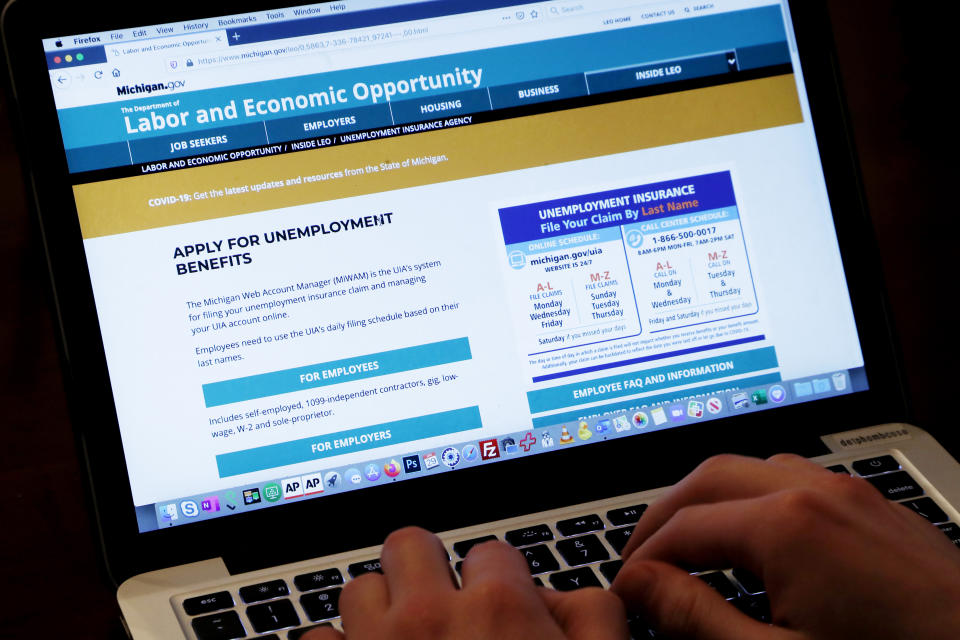Fatter unemployment checks are hurting the COVID-19 economic recovery: Goldman
Much larger unemployment checks as part of the $2.2 trillion Coronavirus Aid, Relief, and Economic Security (CARES) Act may be hindering the U.S. economic recovery from the worst of the COVID-19 pandemic, suggests researchers at Goldman Sachs.
“While the $600/week benefit top-up has been instrumental in stabilizing U.S. household income so far, it has also pushed the replacement ratio — benefits as a share of prior income — above 100% for many low-paid workers. If the measure is extended beyond its current July 31 end date, this will reduce the incentive to seek work as the economy opens up,” writes Goldman Sachs Chief economist Jan Hatzius in a new note to clients.
Under the CARES Act, those unemployed are allowed to claim an extra $600 a week in benefits. The “top-up” as it’s called on Wall Street has meaningfully supported households during the pandemic — consider that the average unemployment check was around $380 pre-pandemic. According to a new study from the University of Chicago, 68% of jobless workers are bringing home more money right now from being unemployed than they would have working.

Note that some 39 million Americans have filed for unemployment claims in the two months since the pandemic started.
In turn, the sizable pay increase has reduced the incentive for some workers to return to jobs that could pay far less. And it may continue to do so if the top-up is extended beyond its intended July 31 expiration date, as Democratic lawmakers have been fighting to pass.
Either way — expiration or an extension of the full top-up — wouldn’t be great news for the economy, Hatzius thinks.
“If it expires, income will fall sharply. In the end, we think a partial extension at $300/week will limit both the incentive effects and the income hit, without fully resolving either,” says Hatzius.
Brian Sozzi is an editor-at-large and co-anchor of The First Trade at Yahoo Finance. Follow Sozzi on Twitter @BrianSozzi and on LinkedIn.
Read the latest financial and business news from Yahoo Finance
Levi's reports solid quarterly earnings, CEO says jeans maker will come out of coronavirus stronger
Yum! Brands CEO on how his 50,000 restaurants are doing amidst the coronavirus pandemic
Grubhub founder: our sign-ups are surging during the coronavirus
HP CEO: here’s how we are helping coronavirus relief efforts
Follow Yahoo Finance on Twitter, Facebook, Instagram, Flipboard, SmartNews, LinkedIn, YouTube, and reddit.

 Yahoo Finance
Yahoo Finance 